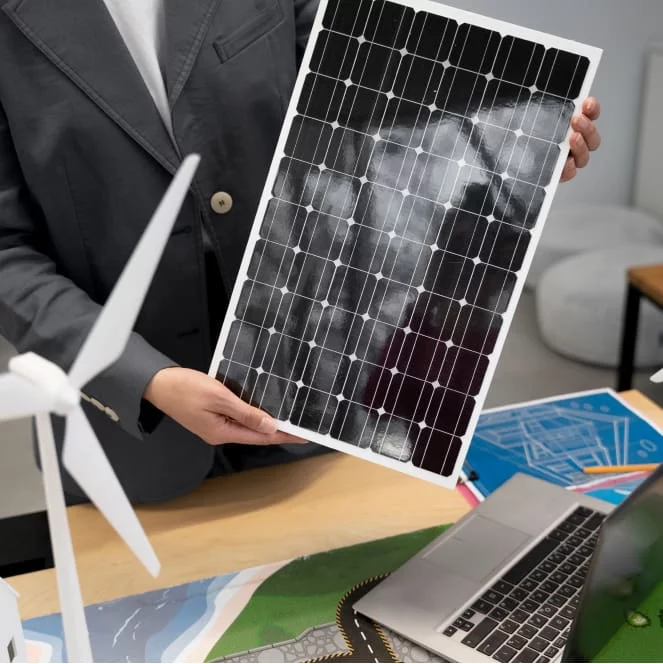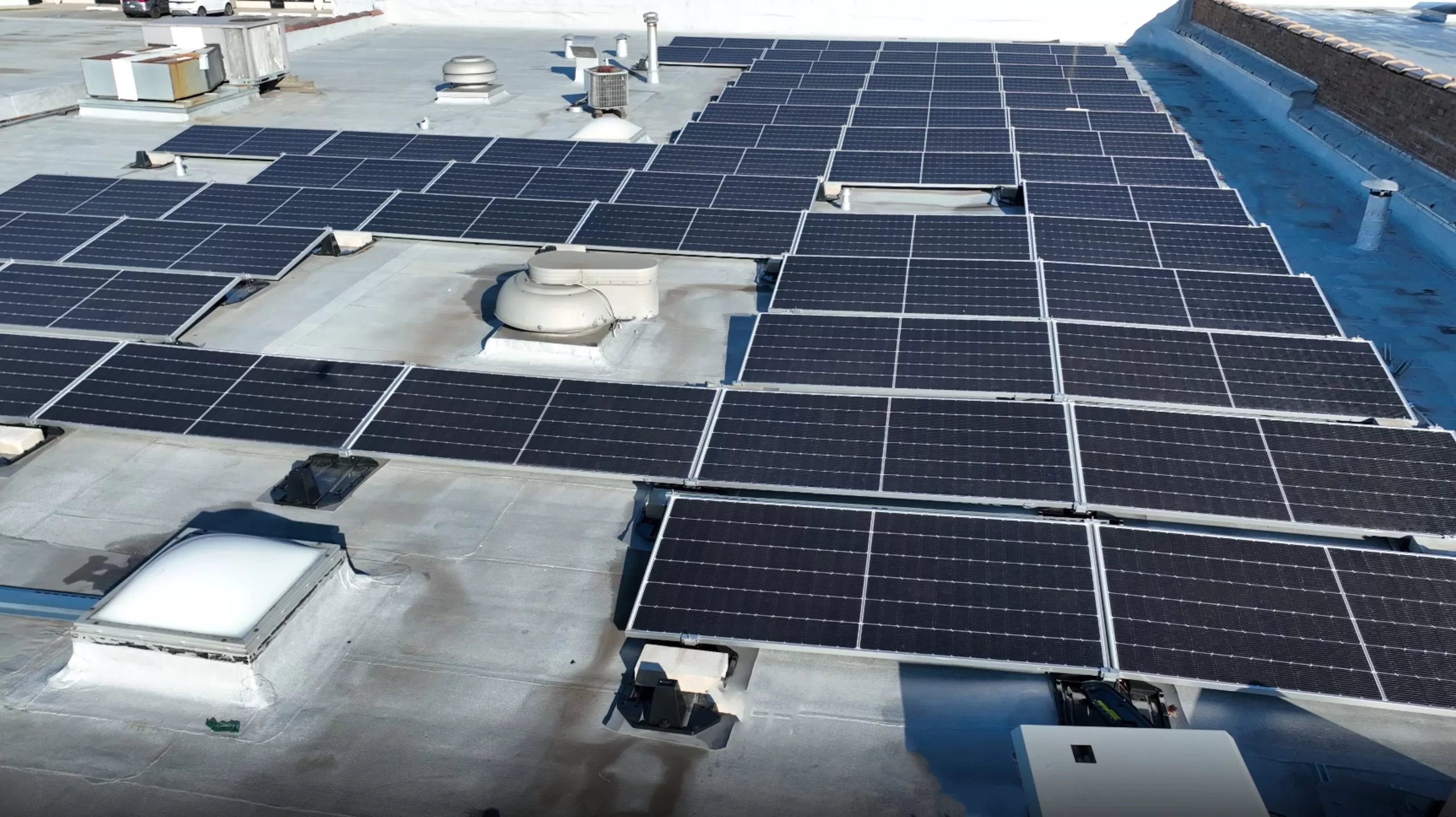How do I participate?

Purchase
You can purchase your system outright, lease your system, or participate in a Power Purchase
Agreement (PPA):
- We offer only high-quality, efficient solar energy systems.
- Our installers are licensed, bonded and insured.
- Warranties for equipment extend up to 25 years.
- We even offer semi-yearly panel maintenance at competitive rates.
- 14 years in the energy business

Lease
With a leased system, someone else purchases the system and installs it on your roof. When you lease a
Solar Panel System:
- You don’t have to pay for the electricity generated by the panels
- You usually have no down payment
- You have an option to buy the system later
- The leasing company monitors the system and pays for maintenance

Power purchase agreement (PPA)
In a typical Power Purchase Agreement (PPA) a developer pays to install a system on your property
at little to no cost to you. The developer sells the power generated by the system to you at a rate that
is typically lower than the rate you were paying. This lower electricity price offsets the more
expensive electricity you purchase from the utility.
Is my home suitable for solar panels?
- You have a low up front cost
- The agreement is transferable to a new owner
- You have an option to buy the system later
- The developer takes care of the maintenance and any needed repairs
So, bottom line for purchasing, leasing and PPAs:
- Purchasing requires more upfront capital from you but could have more benefits in the long run.
- TA lease typically requires no money down but you pay a flat leasing fee.
- With a PPA, you pay for power generated by solar panels with maybe a little money down.
- No matter which option you chose, you are always tied to the grid, so any residual electricity needs
are covered by your utility - Both leasing and PPAs are low cost and there’s not a huge difference between them at the consumer
level.
Unity Solar can show you the advantages of all options available and help you choose the one
that is right for you.


You can purchase your system outright, lease your system, or participate in a Power Purchase Agreement (PPA):
What incentives are available?

The solar Investment Tax Credit (ITC) is a 26 percent tax credit for solar systems on residential and commercial installation projects that begin in 2020. This allows you to deduct 26% of the total cost of your solar installation — dollar for dollar – from your federal taxes.
However it is important to act quickly to take advantage of ITC credits. As of this writing, the 26% ITC will be reduced to 22% for projects that begin construction in 2021 and drop to 0% for residential and 10% for commercial from then on. For example, a $7,800 tax credit at 26% in 2020 will be reduced to a $6,600 tax credit at 22% in 2021 and will – unless the program is extended — disappear entirely in 2022.
Frequently Asked Questions
How do I know solar is right for my home or business?
It depends on the available roof space you have, the amount of shading on the roof, and the orientation of the roof. Click Here and we can do a quick assessment for you.
Will I be independent of the grid?
You will always be connected to the grid and there will always be a minimal monthly connection fee from your utility company. However, the advantage of solar energy is that you can generate it yourself (well, actually, the sun generates it, but you know what we mean). Your home or business will use this electricity to power your appliances and electronics. If your home or business needs any extra energy, it will draw that from the grid.
But, with solar there is an upside to the grid connection as well, and that is called “net metering”, which we described above. Certain states and utility companies offer net metering as a form of incentive. Without net metering and being tied to the grid, you can’t be credited with the extra power your system generates.
What about battery storage?
Energy storage technology is evolving quickly. Contact us for the latest offerings.
Will I still have one electric bill?
Because you will still be connected to the grid, you will have two electric bills even if your solar array produces more energy than you consume. You will get one bill from your utility company and another for the solar. The goal of course is to have the total of both bills be less than your current bill.
How long does installation take?
One to four days, depending on the complexity of the project. Then after any required local inspections, your system will be activated.
What if I have to move?
You can pay off the solar system when you sell your home, or you can transfer it to the new home or business owner. Many people use the value of the solar array as a negotiating tool when selling.
Will the solar array increase the value of my property?
A properly installed and attractive solar array can increase the value of your home, and set it apart from the competition in a competitive real estate market. It will definitely affect your assessment but many states allow this value increase to be tax-neutral.

